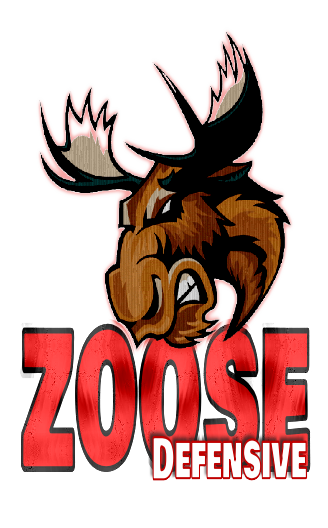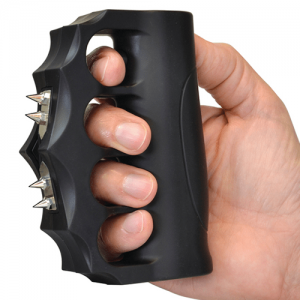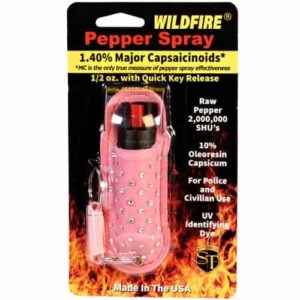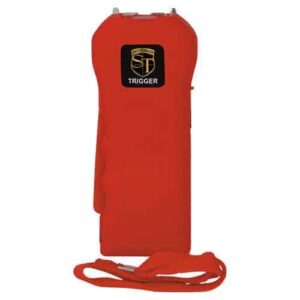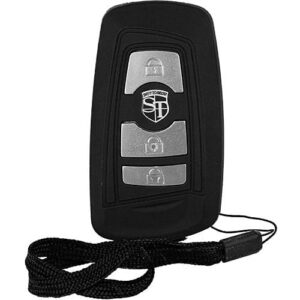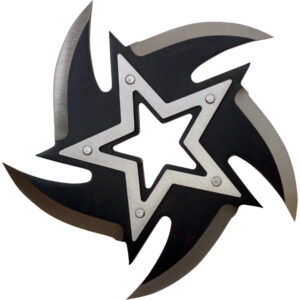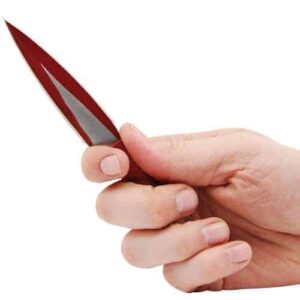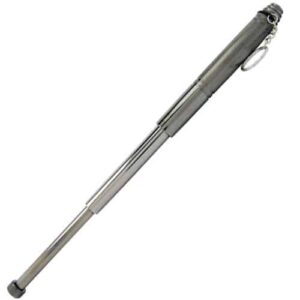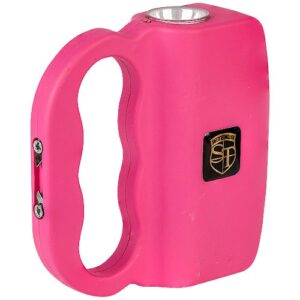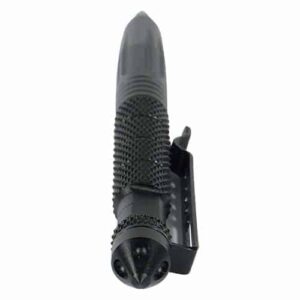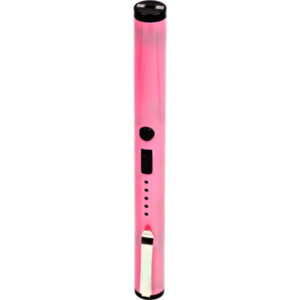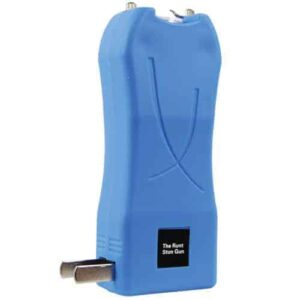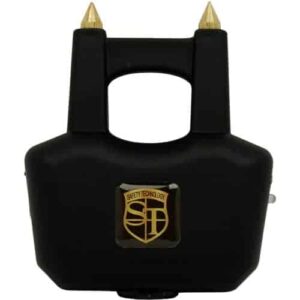Let’s get right down to it, you’re here because you want to understand how to use a kubaton, and that’s exactly what you’re going to learn. It’s not every day that you come across such a unique, compact, and highly effective self-defense tool. In this enlightening article, you’ll gain invaluable insights, step-by-step instructions, and important safety measures – all related to the proficient use of a kubaton. Brace yourself, because you’re about to become a lot tougher and a lot safer.
Table of Contents
ToggleWhat is a Kubaton
Definition
A Kubaton, also spelled kobutan or kobutan, is a small handheld self-defense weapon, not much larger than a thick pen or short stick. Its design is simple but highly effective when used correctly. Made to fit comfortably and seamlessly into your hand, a kubaton is a powerful tool in dangerous situations, whether it be for warding off an attacker or escaping from restraint.
Origin
The kubaton originated in Japan and was created by a man named Takayuki Kubota, who designed this compact tool as an aid for police officers in disarming and controlling criminals. The word ‘kubaton’ itself is a combination of the creator’s last name, Kubota, and the word ‘baton’. Since its initial creation for law enforcement, it has become a popular choice for personal self-defense all around the world.
Purpose
The primary purpose of a kubaton is to help its user defend against an attacker. It achieves this by amplifying the force of your strikes, targeting sensitive areas, and applying pressure on certain points on an attacker’s body. It also serves as a handy tool for breaking free from an aggressive grip or hold.
Choosing the Right Kubaton
Size and Length
When choosing your kubaton, consider its size and length. It should be comfortable to hold and easy to handle. A typical kubaton is around 5 to 6 inches long—enough to stick out of both sides of your fist when gripped. As for the diameter, it should be thick enough to provide a firm grip without feeling unwieldy.
Material
Kubatons can be made from a variety of materials, but the most common are hard plastic, steel, and aluminum. The key is choosing a material that is durable and solid. It should be able to withstand forceful impacts without bending or breaking.
Design and Features
Some kubatons come with additional features like a key ring attachment or a hidden compartment for things like pepper spray. These extra features can add versatility but remember to prioritize functionality. The design should be simple, with a comfortable grip and a pointy end to focus your striking force.
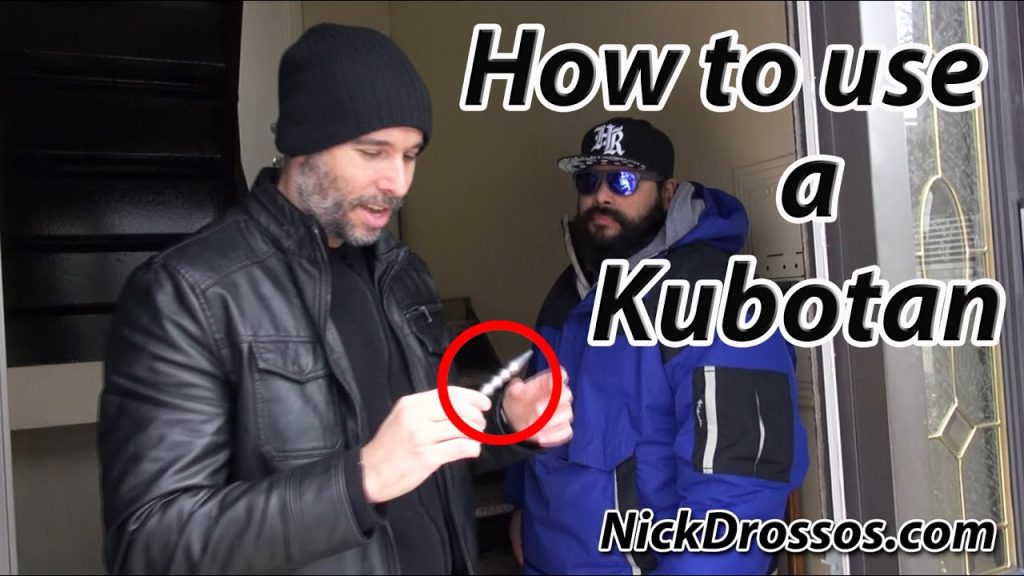
Grip Techniques
Standard Grip
The standard grip involves holding the kubaton like you would a pencil—firmly grasping it in the center of your palm, with the ends protruding on both sides. This grip is versatile and allows for a variety of striking techniques.
Reverse Grip
With a reverse grip, the kubaton is held in a downward position, similar to holding a knife for stabbing. This grip is used primarily for short, jabbing strikes to your attacker’s body.
Index Finger Grip
The index finger grip involves threading your index finger through the key ring of the kubaton (if it has one), allowing the body of the device to rest against the back of your hand. This grip is a good option if you’re worried about dropping the kubaton during a struggle.
Hammer Grip
In a hammer grip, you grasp the kubaton as if it were a hammer, with one end protruding from the top of your fist. This grip is effective for powerful overhead and side swings.
Target Areas
Vital Pressure Points
The kubaton’s effectiveness partly lies in its ability to apply force to vital pressure points. These include areas such as the temples, between the ribs, the solar plexus, and the groin.
Sensitive Areas
Kubatons can also be used to target sensitive areas on an attacker’s body. This includes the eyes, throat, and the back of the hands or knees—any area where the skin is thin and a bone is close to the surface.
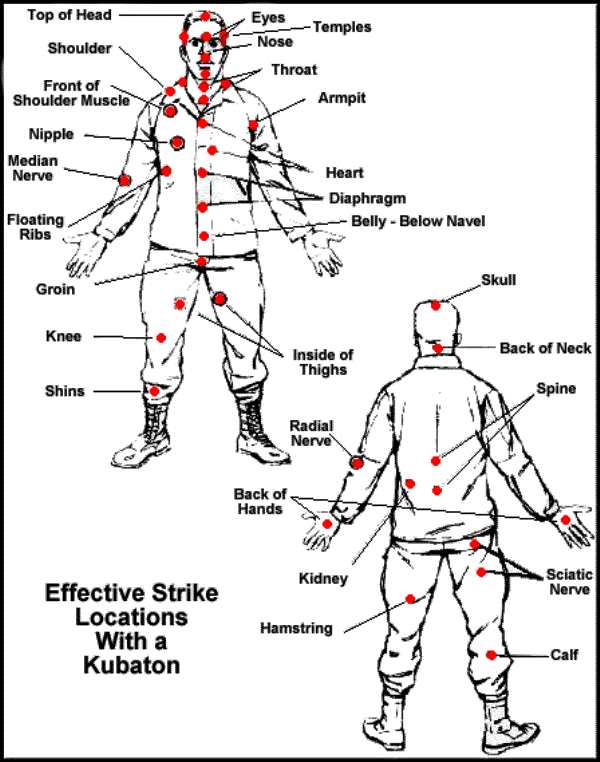
Strikes and Techniques
Palm Strike
Palm strikes with a kubaton can deliver a significant amount of force. The device is held in a standard grip, and your entire palm is used to hit the target.
Hammer Fist
This technique involves holding the kubaton in a hammer grip and swinging your fist downwards just like you would swing a hammer, aiming at your attacker’s body parts such as the collarbone, shoulder, or hand.
Joint Manipulation
A kubaton can be used for joint manipulation, enabling you to control your attacker’s movements or even harm them enough to escape. This technique requires knowledge of how the human body moves and its weak points.
Pressure Point Strikes
In a pressure point strike, you use a kubaton to apply pressure to sensitive and painful areas of the body—ones that can incapacitate your attacker long enough for you to escape.
Self-Defense Applications
Escape from Grabs
Kubatons can be used to break free from someone grabbing or holding you. They can be used to jab into the back of an attacker’s hand or wrist, causing them to release their grip.
Relieve Chokes
If you’re being choked, a kubaton can be a lifesaver. Just jab it into your attacker’s abdomen, ribs, or other sensitive areas to relieve the choke hold.
Counter Attacking
In addition to being a defensive tool, a kubaton can also be used effectively in counter-attacks. This can include jabbing attacks, swinging strikes, or pressure point manipulation.
Improvised Weapons
Kubatons are great improvised weapons. Because they’re small and discreet, they’re often overlooked as dangerous objects, making them the perfect surprise defense tool.
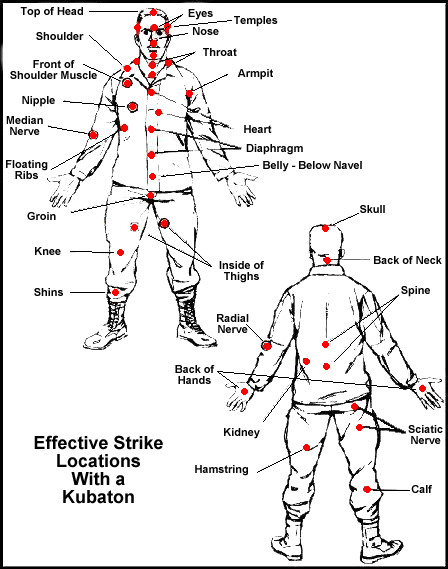
Training with a Kubaton
Basic Moves
As with all self-defense tools, the first step to becoming proficient with a kubaton is learning basic strikes and maneuvers. This involves practicing how to grip, strike, and maneuver around with the tool in your hand.
Shadowboxing
Shadowboxing can be an effective way to train with a kubaton. Not only does it help you get comfortable with the tool, but also assists in honing your coordination, speed, and form.
Partner Drills
Training with a partner can make your practice more effective and realistic. You can simulate a real-life situation where your partner acts as the attacker, and you use your kubaton to defend yourself.
Realistic Scenarios
Once you are comfortable with the basic moves, practicing role-play scenarios can boost your confidence and improve your reaction times. This can involve anything from a mugging situation to escaping from a chokehold.
Safety Considerations
Legal Restrictions
While a kubaton is a useful self-defense tool, it’s important to be aware of the legal restrictions surrounding its use and possession. They can be classified as a weapon in some jurisdictions, so it’s crucial to research the laws in your area or any location you plan to travel to with your kubaton.
Avoiding Accidents
Correct handling of a kubaton is essential to avoid accidental self-harm or injuring someone else. Always carry it in a safe manner, such as attached to your keys, and only use it as a last resort.
Proper Storage
Like any self-defense tool, the kubaton should be stored carefully when not in use. Keep it in a place where it’s easily accessible in case of an emergency, but out of the reach of children.
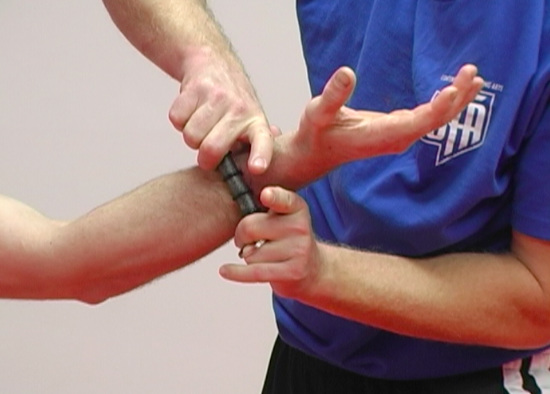
Benefits of Using a Kubaton
Increase Self-Confidence
Knowing you have a self-defense tool like a kubaton on hand can greatly increase your self-confidence, making you feel safer and more secure when out and about.
Portable and Concealable
Due to its compact size and inconspicuous design, a kubaton is ideal for carrying in your bag, pocket, or attached to your keys—it is always readily available if you need it.
Effective Self-Defense Tool
When used correctly, a kubaton can provide an extremely effective means of self-defense. Simply by holding it in a firm grip and striking your attacker can be enough to fend them off.
Non-Lethal Option
Unlike knives or guns, a kubaton is a non-lethal self-defense option. It is designed to incapacitate or deter an attacker rather than to severely harm or kill them.
Conclusion
Practicing Regularly
Proper technique and consistent practice are the keys to effectively using a kubaton for self-defense. Make training a regular habit to ensure you are prepared if you ever find yourself in a dangerous situation.
Seeking Professional Guidance
Although plenty of resources and guides are available to assist you in learning self-defense with a kubaton, they don’t replace the guidance and direct instruction provided by a trained professional. Consider enrolling in a self-defense class where you can learn from experts and receive immediate feedback on your technique.
In conclusion, a kubaton is a highly efficient, portable, and non-lethal self-defense weapon that requires minimal physical strength to use. With regular practice, it can become an essential part of your personal safety strategy. Just remember to handle it responsibly and always abide by your local laws and regulations when carrying and using it.
